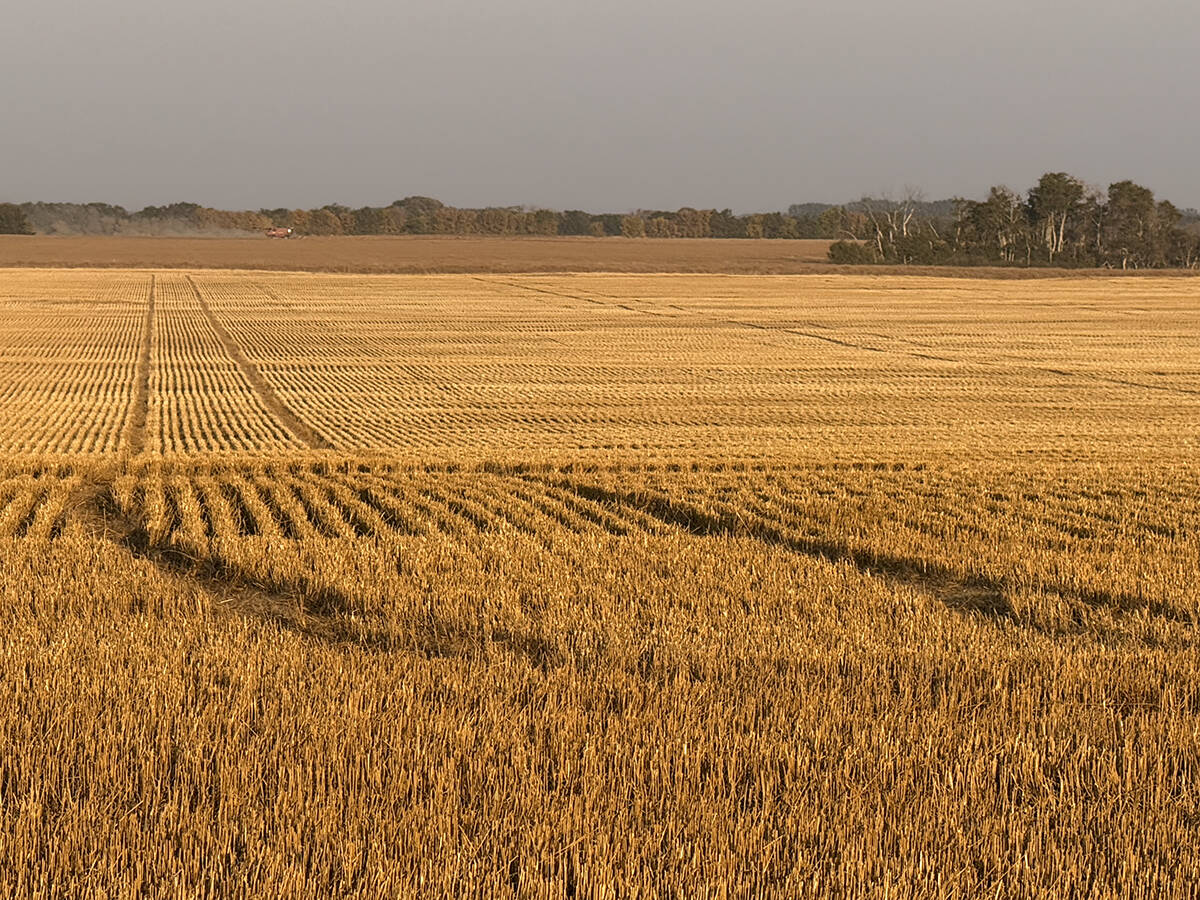Eric Fridfinnson finds it hard to imagine a scenario much worse than this spring. He had seeded only 1,600 of his 4,500 acres near Arborg, Man., in mid-June.
“It’s a record setter for us. Hopefully we won’t see another (spring) like this,” said Fridfinnson, who was hoping to plant Polish canola and barley this week.
A wet fall, combined with freezing rain over the winter and persistent showers this spring, has made it difficult for producers in Manitoba’s northern Interlake to get on their soaked land.
“We were expecting it to be wet this spring so we bought a Quadtrac tractor. If we hadn’t done that, we wouldn’t have planted very much at all.”
Read Also

Final crop reports show strong yields, quality
Crops yielded above average across the Prairies this year, and quality is generally average to above-average.
Fridfinnson is ahead of most farmers in the region, said Dean Stoyanowski, a crop production adviser with Manitoba Agriculture in Arborg.
Stoyanowski estimated that less than 35 percent of crop land had been seeded in the rural municipalities of Bifrost and Fisher.
He said a number of producers may give up on a spring crop and will plant winter wheat this fall, citing the June 15 crop insurance deadline for canola. Stoyanowski expects few to choose summerfallow.
“A producer made the point that he has 1,500 acres of summerfallow, and if you get into a wet spring next year, the seeding will be delayed again because the summerfallow doesn’t dry up as fast as the stubble,” he said.
“So his plans are to continue seeding even if it’s after the deadline. Just so he has a crop that’s going to make use of that moisture.”
Farther south in Manitoba’s Red River Valley, grain producers are doing better, said Ian Forrester, who farms near Letellier, Man.
He finished his seeding last weekend but the spring flooding of the Red River threw his crop rotation out of whack and forced plantings of canola and pinto beans.
“We couldn’t get the air drill through a bunch of fields that were really too wet. So we used a Valmar and floated on canola with fertilizer and then heavy harrowed it a couple of times.”
The canola is seeded very shallow, Forrester said, so a shower or two is needed for germination. Producers around him are still in their fields.
Forrester said the Red River flooding was obviously a challenge this spring and repeated rains in May and June complicated matters.
“Mother Nature, just with the weather, was more of a problem than the flood.”















